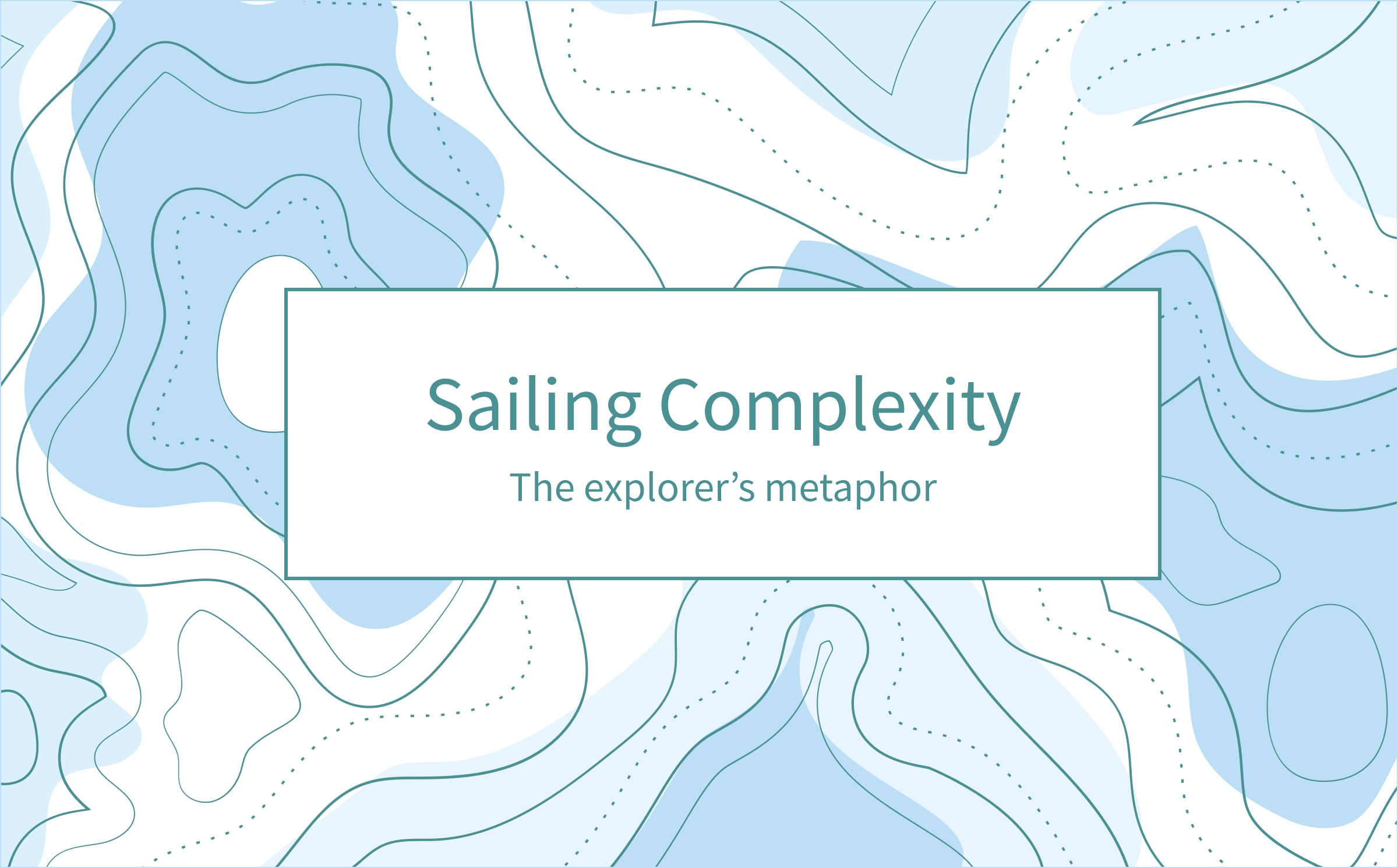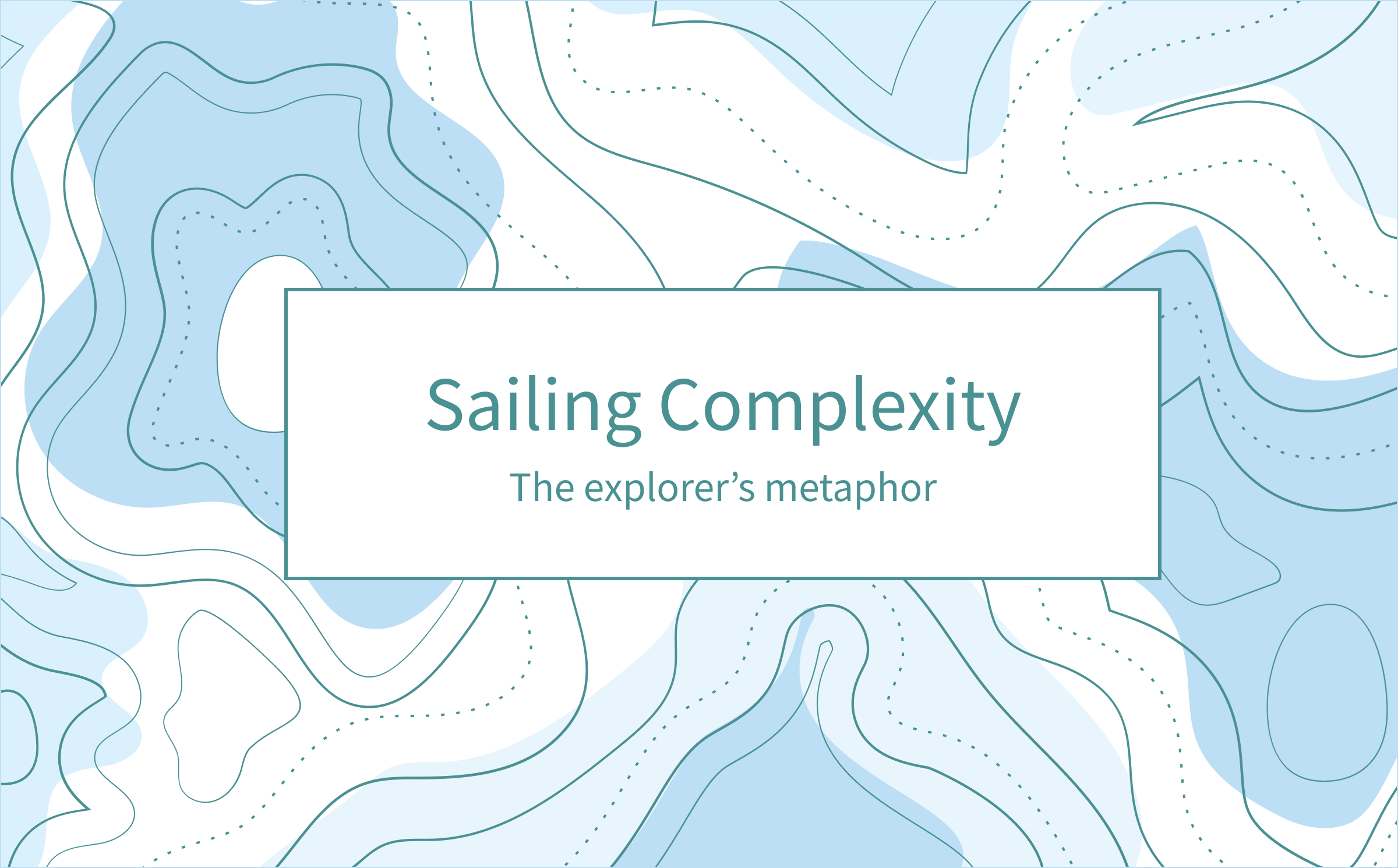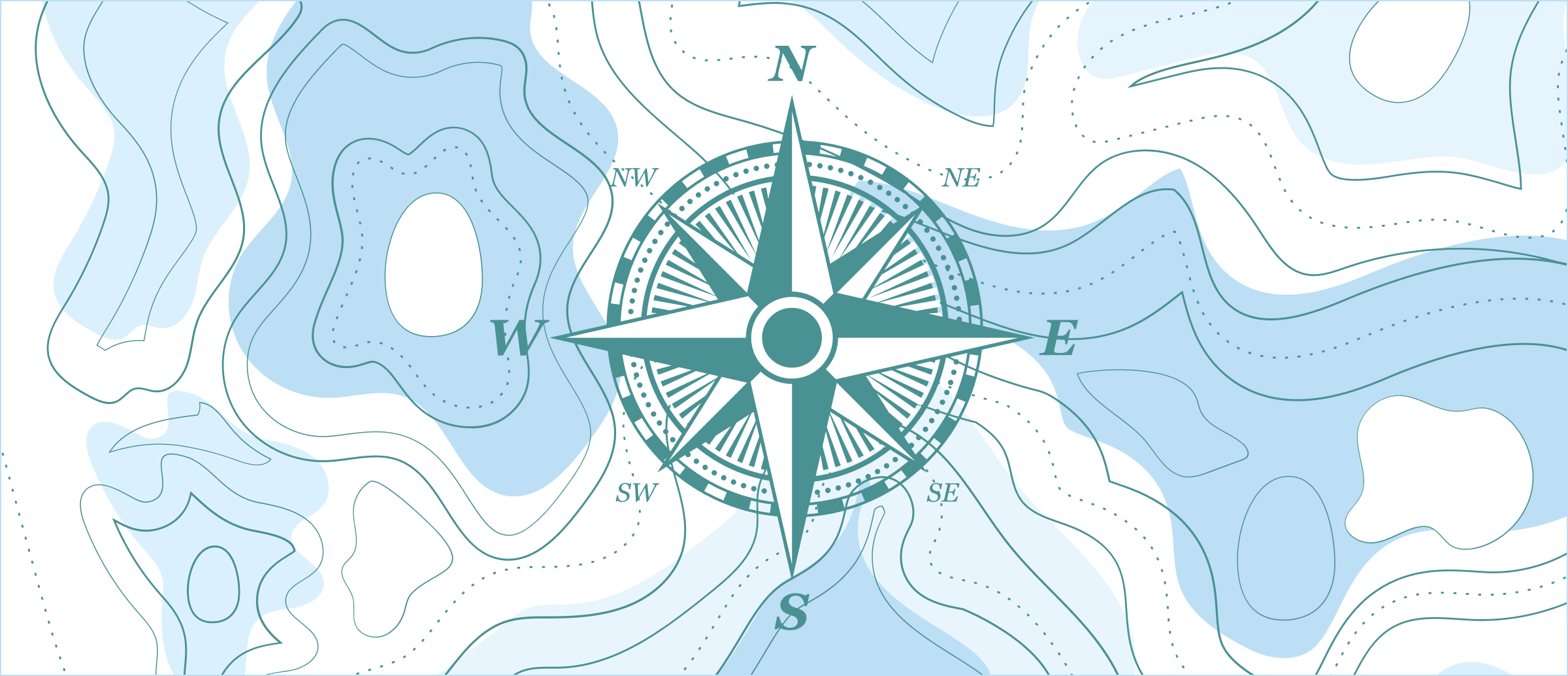The Explorer’s Metaphor — Part 1: Sailing Complexity
Sailing Complexity: introduction to sensemaking & complexity for designers, managers, and decision-makers.

Sailing Complexity: introduction to sensemaking & complexity for designers, managers, and decision-makers.

An invitation to be explorers, not just problem-solvers
We tend to see design and innovation as problem-solving spaces. This engineering and sometimes mechanistic approach is not bad in itself but brings a lot of limitations, one major being to quickly frame whatever challenge into a narrow, finite, solution.
When facing uncertainty, designers, and changemakers might feel unempowered. We look for recipes and pre-packaged generalist solutions — “the answer”, that sells an illusion of certainty through the economy of speed — to help us disambiguate our very specific contexts.
Problem-solvers look for answers. Explorers look for better questions.
Exploration makes the invisible visible. This multi-layered understanding will add more potential to our portfolio of possibilities.
Problem-solvers reduce options. Explorers enable possibilities.
New challenges are invitations to become curious explorers, in a world where everything is believed to be known, predictable, ordinary, and sometimes boring(?).
Reclaim space for curious exploration

The explorer’s metaphor is a set of ideas for designers, innovators, changemakers, to help approach challenges and problems in ways that add layers (rather than subtract), enable possibilities (rather than reduce), diversify points of views, and enable a portfolio of strategies & actions to tackle (complex) challenges (rather than single-point solutions).
Exploration is not to be opposed to conception — it is a useful tension. Exploration should be pursued as a parallel, ongoing, journey with no clear end. It is the philosophy & ethics of the curious, humble, learner.

Thanks for reading!
This is part one of a series of articles that aim to provide an introduction to sensemaking and complexity management for designers, changemakers, managers, and decision-makers through metaphors & abstractions.

Discussion